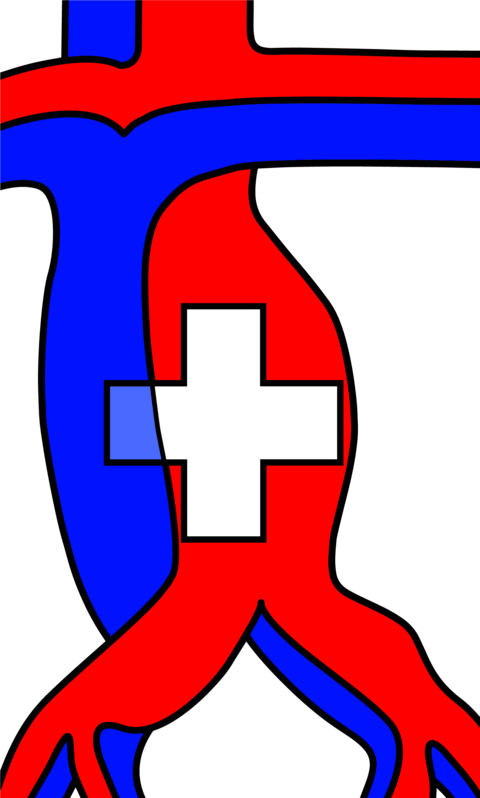Background
The article titled "3D modeling to predict vascular involvement in resectable pancreatic adenocarcinoma" by Sguinzi et al. (2024) discusses the use of 3D modeling techniques to predict the extent of vascular involvement in patients with resectable pancreatic adenocarcinoma. The study aims to improve preoperative planning and surgical outcomes by providing detailed visualizations of the tumor and surrounding vasculature.
The study utilized advanced 3D modeling techniques to predict vascular involvement in resectable pancreatic adenocarcinoma. The study included patients with resectable pancreatic adenocarcinoma. High-resolution CT scans were obtained for each patient to capture detailed information of the tumor and surrounding vasculature.
The CT images were processed to create 3D models of the pancreas, the tumor, and adjacent structures. This involved segmentation algorithms to accurately delineate the relevant structures. The 3D models were analyzed to determine the extent of tumor contact with major blood vessels. This included measuring the degree of encasement and involvement of the vessels. The predictions from the 3D models were compared with intraoperative findings and histopathological results to assess the accuracy.
Results
The study found that 3D modeling significantly improved the accuracy of predicting vascular involvement compared to traditional imaging techniques. The 3D models accurately predicted vascular involvement in 92% of cases, which was a significant improvement over conventional methods. Moreover, the detailed visualizations provided by the 3D models helped surgeons plan their approach more effectively. The use of 3D modeling also reduced the incidence of intraoperative complications related to unexpected vascular involvement. Patients who underwent surgery with the aid of 3D modeling had better postoperative outcomes, including shorter hospital stays and lower rates of postoperative complications.
Overall, the study demonstrated that 3D modeling is a valuable tool in the preoperative assessment and surgical planning for patients with resectable pancreatic adenocarcinoma, leading to improved accuracy in predicting vascular involvement and better patient outcomes.
Interview with Dr. med. Leo Bühler (Fribourg)
What inspired you to conduct this study?
In 2017, we attended a congress on pancreas surgery in China. Speakers from large centers in Shanghai presented their series of pancreatic resections using minimally invasive techniques and the need to have detailed information on vascular involvement of pancreatic tumors. They showed their use of 3D modeling to prepare the surgical technique and avoid discovering intraoperative vascular invasions.
Were there any unexpected findings
The aim of our study was to introduce and test the 3D modeling of pancreatic tumors and evaluate retrospectively the accuracy of this approach. Our study using a limited number of cases, showed clearly that the use of 3D modeling was superior to conventional angio-CT even performed by senior radiologists.
What is the direct impact on the surgeon's work?
This method may assist the surgeon to plan precisely the surgery, such as the need for vascular resections or better locate small tumors.
What is your learning point from this project?
We have established the 3D modeling of pancreatic tumors in collaboration with the radiologists of the Fribourg Cantonal Hospital, we look forward to collaborating with several centers in Switzerland.
Are there any subsequent projects planned?
We will now perform a prospective study for neuro-endocrine tumors of the pancreas, with the aim to improve the intra-operatively identification of the tumor and the decreased need for large resections. This study will be performed in collaboration with the University Hospitals of Berne and Geneva.
Interview by Pascal Probst and Christoph Kümmerli











